Interview
INTRODUCTION OF BASEL-3 WILL ALLOW BANKS TO AVOID SHOCKS - NBM VICE-PRESIDENT

Exclusive interview of National Bank of Moldova Vice President Ion Sturzu to Infotag Director Alexandru Tanas
Interview's part 1 of 3. The return on equity accounted for 11.1% in 2017, which is 3.8% higher than inflation
Question: Mr. Sturzu, 2017 was a challenging year both for the regulator and for banks. How could you describe its results for the banking system?
Answer: I agree that 2017 was a year of challenges, but despite this, I can say that all the financial institutions registered good results at the end of the year.
Q: Which is the dynamic of the main rates in the system?
A: As for the important rates in the banking system development, it is worth mentioning that last year the assets grew 10% against 2016. The banks' revenues grew 8.6%, return on assets accounted for 1.8%, while return on equity - 11.1%. The first level capital in banks grew 8.7%.
Q: What can you say about the banks' credit portfolio?
A: The credit portfolio fell 3.7% against 2016. We are concerned about this, because once the crediting volumes fall, economy receives less money, which in general is bad for the country, as it has a negative effect on its economic development. Currently, we can surely say that the decline in credit portfolio was influenced by the situation in economy in general and a more prudential approach from the side of banks at choosing potential debtors.
Q: The total rate of bad loans in the system registered a slight growth, did it not? A: Bad credits are connected with the previous periods of bank development, but starting from 2017, bankers became much more attentive in relation to the process of crediting.
Q: Why did they?
A: First of all, they knew about the upcoming introduction of the Basel-III. According to its recommendations, the requirements on deeper assessment of possible risks in crediting became considerably higher.
Secondly, the Register of credit risks started functioning in the banking system, which allows the regulator to daily supervise each credit, issued in each bank. Respectively, we can now trace the process of credit providing from the very beginning.
The banks, knowing that the regulator knows about the application for a certain credit, have a more strict approach to the assessment of risks that theoretically may appear on this loan.
Nevertheless, we are concerned about the fact that in 2017, no growth was registered in the credit portfolio. Moreover, this is happening in conditions of a very high liquidity. We understand that the reasons for such phenomenon, when money does not come in high volumes to economy, are not just in the banking system.
Over 2017, the NBM has several times resorted to the lowering of the base rate, reducing its rate to 6.5% from 9%. Such a lowering took place due to the decline in inflation risks, but the regulator hoped for acceleration of the credit activity in commercial banks.
Q: From the point of view of NBM, how adequate was the reaction of the market and banks on regulator's signal on money cost lowering?
A: We can say that the process of perceiving these signals was better this year than in previous years. The analysis of 2017 shows that when the NBM was lowering the base rate, the rates on attracting deposits from physical and legal persons, as well as on the newly-issued credits were also falling.
Thus, if at the beginning of 2017 the average rate on new deposits in Moldovan lei was 6.79%, already by the end of the year it fell to 5.19%. If in early 2017 the interest rate on new credits in lei was 11.55%, by early 2018 its average rate fell to 9.58%.
Q: How high are chances that the regulator may lower the required reserve ratio, which are staying at 40% in Moldovan lei and at 14% - in foreign currency?
A: Everyone should understand that by means of reserving, we are fighting against excessive liquidity. But pay attention, the reserve is not free of charge; the NBM is paying to banks for it. We are concerned about this. We hope for a long-term trend of growth in crediting to economy, which should contribute to reduction of liquidity in the system. It is abnormal when the liquidity in certain banks reaches almost 70% at the normative of 20%.
Interview's part 2 of 3. Safety bag should cover credit and operational risks.
Q: What if you lower the cost of reserves?
A: You know, this question is being discussed in the NBM administration. We are seeking an acceptable solution that would exclude the risk of premeditated excessive accumulation of bank assets in reserves, gilt-edged stock and NBM certificates. Some supervisors state that it is due to such parasitizing we do not see an active supply of new products from banks for profitable placement of resources on the market and lowering of liquidity.
There is a lot to be done in this field for elaborating and adopting a whole number of decisions, including at the legislative level in order to allow the NBM to regulate the payment for mandatory reserve depending on the real price of the attracted deposits in Moldovan lei and currency.
I would not like to go into details of this problem, but I have to say that the NBM is studying and analyzing this issue, getting acquainted with other countries' experience. By the way, there are different models in some countries, for example the regulator does not pay to banks for the reserve.
Q: What will banks have to go through in 2017 at fulfillment of the Basel-III recommendations?
A: I would like to remind about a successful implementation of a two-year project by the NBM with the assistance of specialists from national banks of Romania and the Netherlands. They were helping us with development of normative documents and the draft law on banking activity, adopted by the Parliament in autumn 2017. In the process of developing by-laws for the new law, we kept thinking how the implementation of new normative influences domestic banks. To our common satisfaction, the results of the qualitative impact study (QIS), conducted within the Twinning project in 2017, demonstrated that all the country's banks are able to implement new normative and have enough capital for preserving new requirements to the prudential norms within the 16% threshold.
Q: Does this mean that there no shocks are expected even at the level of forecasts?
A: You know, everything new is a kind of challenge with different elements of shock. This is most relevant for bankers, who are great conservatives. But, according to our calculations, there should not be banks in the system that could have problems with the implementation of normative documents within Basel-III recommendations. So I can responsibly say that there will be no shocks.
Q: When the NBM will complete the implementation of the Basel-III in the system of recommendation?
A: The first stage we are currently working on consists of developing new regulations and instructions. These are almost ready, in fact. Now, these documents are undergoing an important procedure of public agreement and consultation with banks. These include concrete norms on minimal requirements to the capital, which should ensure a safety bag for covering credit, market and operational risks.
After that, the second stage will start, it will cover the main principles of supervising process and risk management, as well as transparency and accountability to the supervisory bodies. In particular, the second stage implies that from now on each bank in part should have specialists for studying its own financial situation from inside for all the possible risks.
Such an analysis is aimed at developing concrete proposals for lowering the risks. The already existing risks should mandatorily be covered by capital reserve. It is obvious that it is almost impossible to avoid risks by 100%. For example, if the bank issued an excessive number of credits to unstable clients, it exposed itself to additional influence of risks.
Or, for example, the bank is actively crediting economic agents from agriculture, where there are its own particular risks. It is well-known that according to statistics, Moldova faces either spring frosts or drought each four years. Thus, the goal of such type of banking divisions - to correctly calculate and forecast risks, to come to the leadership with concrete proposal for its minimizing.
Interview’s part 3 of 3. All banks are important for NBM, it is vital that they to observe norms
Q: When this process will end and the regulator will start familiarizing with its own assessment of bank risks?
A: It is more likely that the first tangible results will be seen in the NBM before the end of 2018. All these measures will be an addition to what was practiced in the system before. We have norms of classifying the quality of credits banks are obliged to abide by.
Besides the classification of credits and the formation of a fund of risk, on the basis of its quality the departments will start functioning on identifying and further monitoring of risks, able to influence in future, which was not demanded by the Basel-I recommendations.
And the third component, aimed at stimulating the actions of the bank on disclosing information about the capital, shareholders and risks connected with these. Back before the implementation of the Basel-III, the NBM demanded from banks to disclose this information and placing it on the website. The norms, implement today demand disclosing these data in a much larger volume.
The bank itself informs about the possible risks in future and, what is most important, informs the NBM about the adopted measures to prevent the materialization of these risks. All this will serve additional information for clients, which chose a reliable bank for servicing, be it a physical or a legal person. It is obvious that clients will be giving preference to more stable and reliable banks.
When all these three stages are completed, we can say that the Moldovan banking system has become more stable and reliable. The conducted reforms force the bank to keep the process of purification from inside, moreover to do this alone.
Q: Do you not think that in conditions of such supervision over banks, bankers lose the desire to take risk, they surround themselves with financial props and safety bags just in case?
A: You know, the times when the bank was crediting a concrete person, even if he is very successful, but not his business, remained in the past and I hope that forever. We understand very well that the Basel-III recommendations provide crediting to the company’s activities but not its manager.
In practice, the transition to Basel-III standards means that a banker cannot take excessive risks as he jeopardizes the bank’s financial stability. Thus, I do not regard as correct to say that bankers do not want to risk, that their sense of risk deadened. No, this is not so. It is just that now managers are conducting a corresponding work on returning bad loans.
Q: Which is the quality of the newly-issued credit portfolio?
A: The situation with newly-issued credits is much better, though I have to admit that the interest to crediting has visibly fallen. It turns that the portfolio is weakly diluted with new and quality credits, due to which the number of bad loans is quite high.
Q: As for the Victoriabank, the issue has been successfully resolved on behalf of all the interested parties.
A: The NBM welcomed the buying of a share in Victoriabank by the strategic investor – the Banca Transilvania, knowing about its serious intentions on the Moldovan market. The investor is ready for quick structural changes, the main goal of which is the quality servicing of clients. They have a solid basis for conducting quality transformations. The BT leadership stated that a very good asset in Moldova was bought.
Q: Do you agree that such investors will indirectly be helping the NBM to reform the banking system due to strengthening healthy competition in it?
A: The practice shows that in those banking institutions where there are shareholders from foreign countries with developed economy and strong financial institutions, instrument of internal control and risk determination are at a much higher level. I will tell you even more, such banks are implementing EU norms we just started to apply in Moldova.
Q: Did the NBM issue permit to the new Victoriabank manager?
A: We were informed about the person shareholders proposed for the post of bank chairman, but we did not get the complete dossier with his documents. I can only say that we are in the process of studying the managers, proposed to the NBM for approval.
Q: The bank’s first person will be a foreign citizen?
A: Let us say so: it is a foreigner who speaks our state language very well. Victoriabank general director will be a Romanian citizen. In the modern world this is not important at all. By the way, Banca Transilvania General Director in Romania Omer Tetik is a citizen of Turkey. However, we are glad that the investor stated about its desire to put the basis on the Moldovan managers for a better and faster implementation of development plans in the modern market.
Q: Do small Victoriabank shareholders have the right to rely on the redeeming of the remaining 30% shares by the BT, as it is implied in the Moldovan legislation?
A: Absolutely. The legislation provides this thus they will make a tender proposal for buying shares from the shareholders, who remained in this bank.
Q: How do the NBM see the future of small banks?
A: We discussed this issue in the NBM not once. For the regulator, all the banks are important, regardless of their size. What is vital is that they to abide by norms and the legislation.
Q: Thank you for your interview, Mr. Sturzu.

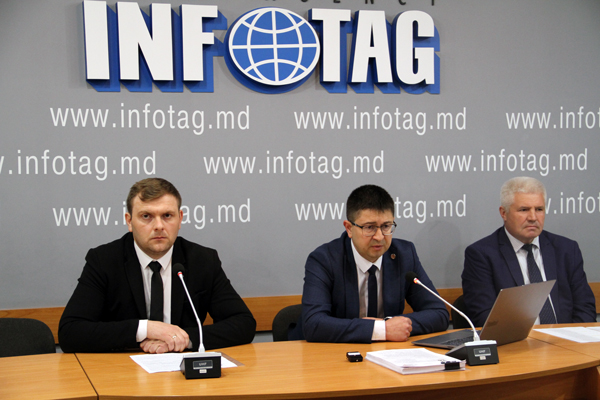
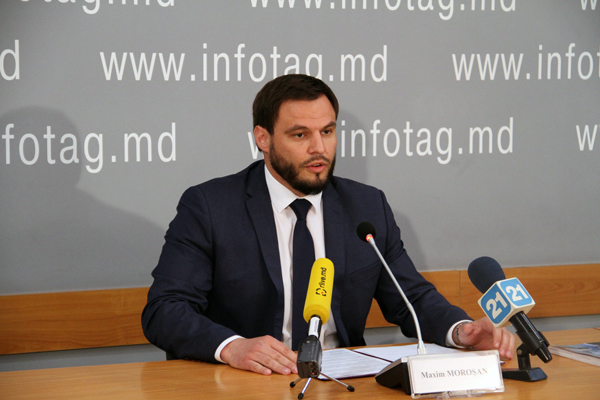

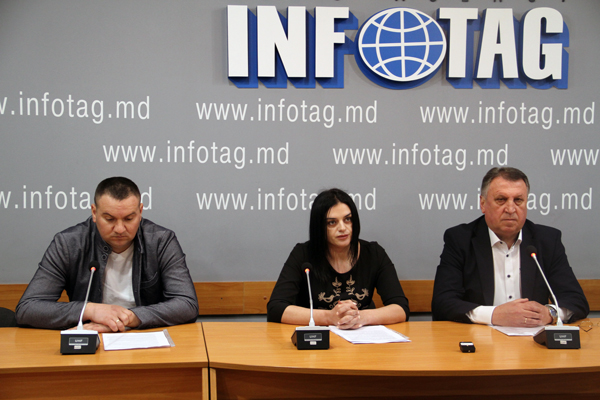
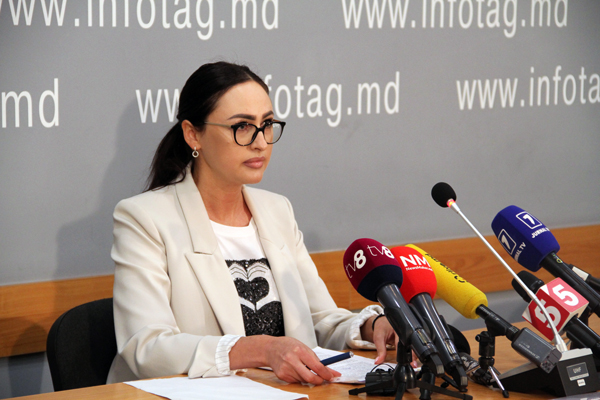

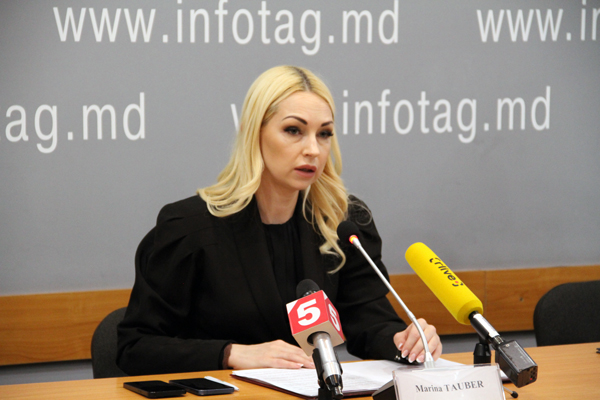
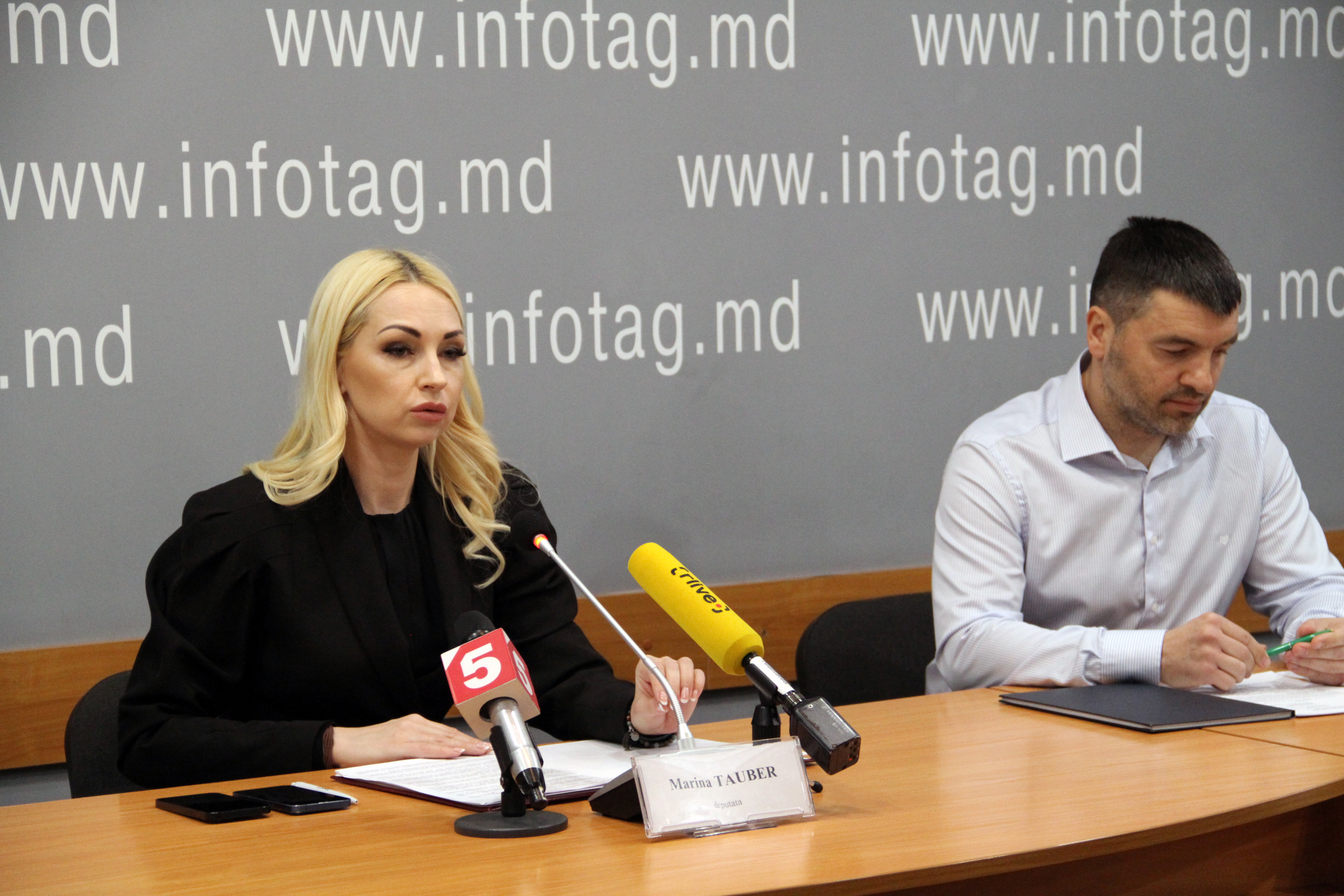
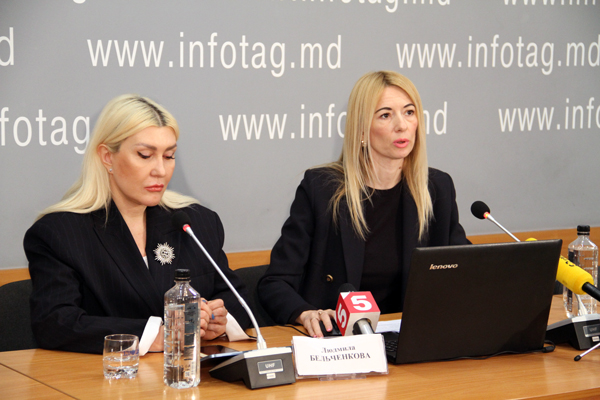
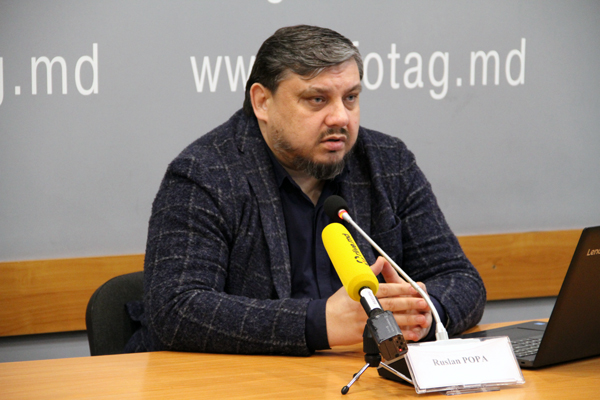
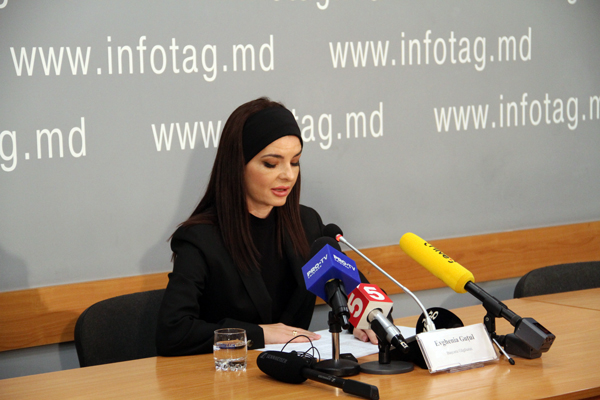
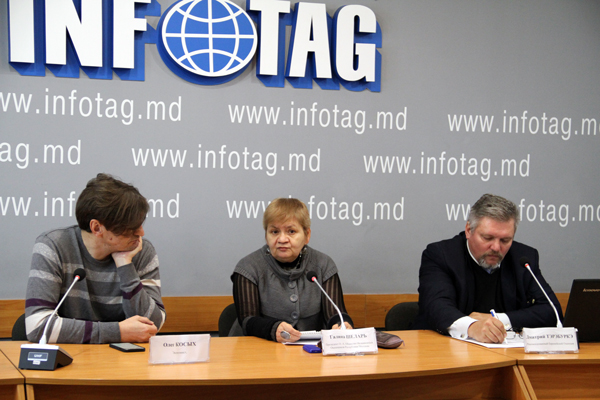
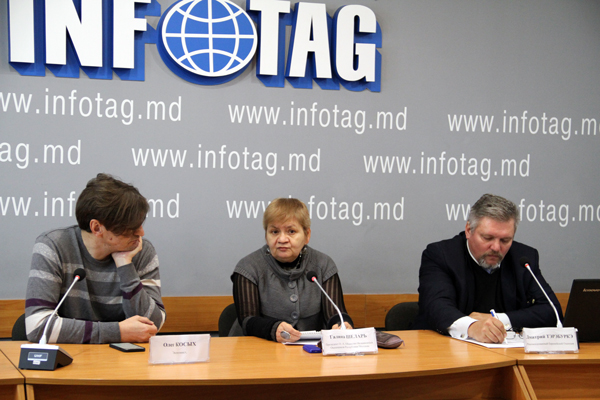
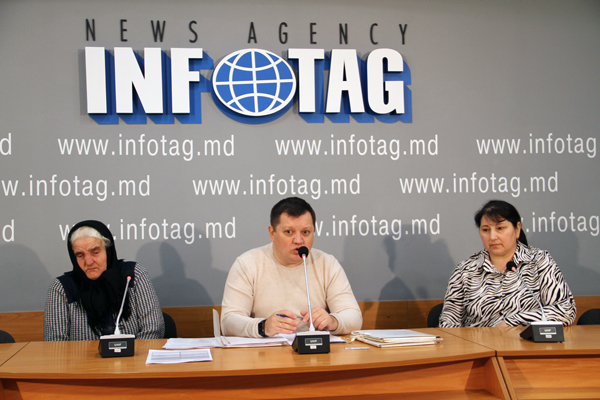

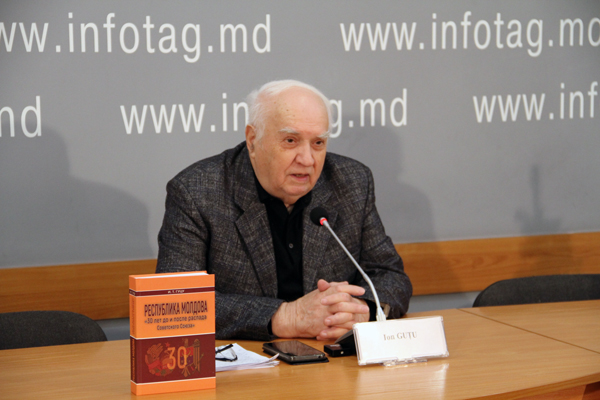
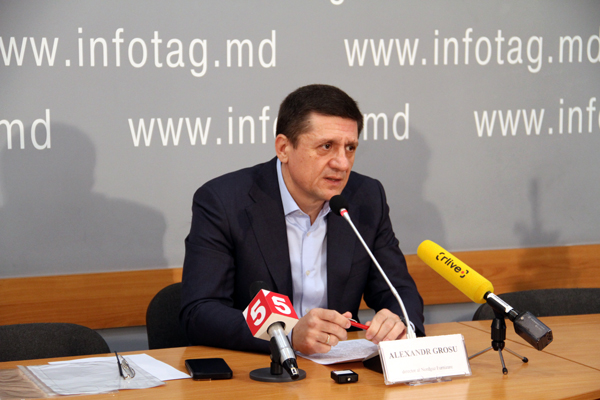


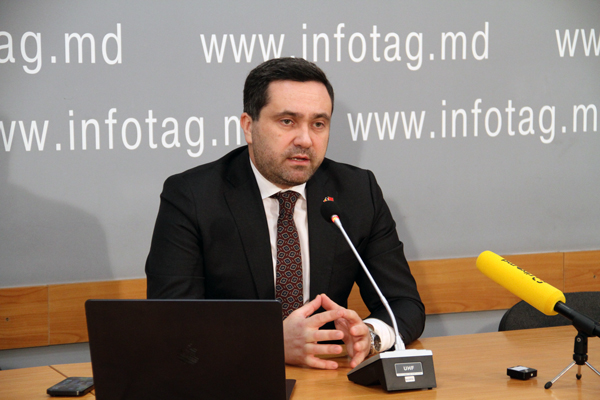



Add Comment